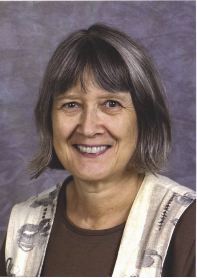Focus on the scientist: Dusa McDuff
by Leonid Polterovich for Emmissary of the MSRI

For the last 25 years, Professor Dusa McDuff of Columbia University has been a major contributor to the spectacular development of symplectic topology into a central area of modern mathematics. Among her many breakthrough results are the first example of symplectic forms on a closed manifold that are cohomologous but not diffeomorphic and the classification of rational and ruled symplectic four-manifolds, completed with Francois Lalonde - a work that laid foundations for fourdimensional symplectic topology.
In recent years, McDuff, partly in collaboration with Sue Tolman, has pioneered applications of powerful methods of ‘hard’ symplectic topology to the theory of Hamiltonian torus actions. For instance, she discovered the astonishing fact that every closed symplectic manifold admitting an effective Hamiltonian circle action is necessarily uniruled. Her work has changed the face of this field.
McDuff and Dietmar Salamon have written two highly influential textbooks, considered nowadays as classic references on symplectic topology. McDuff’s numerous honors include a plenary lecture at the ICM (Berlin) and the Satter Prize of the AMS. She is a Fellow of the Royal Society of London and a member of the US National Academy of Sciences.